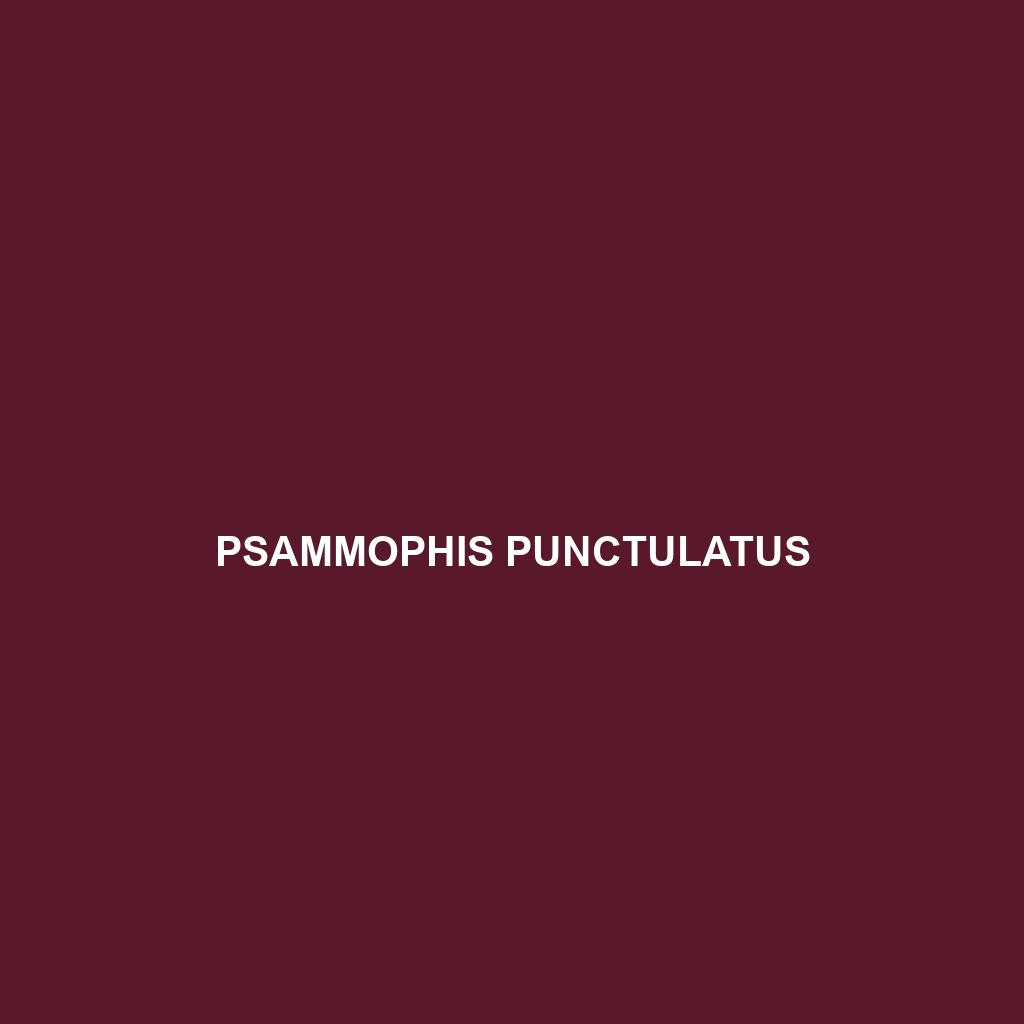<p><b>Smaug mossambicus</b>, also known as the Mozambique girdled lizard, is an omnivorous species native to sub-Saharan Africa, thriving in warm savannas and rocky outcrops. Characterized by its robust body, spiky dorsal scales, and fascinating behavioral traits, this lizard plays a vital role in maintaining ecological balance by controlling insect populations.</p>
Tag: sub-Saharan Africa
Smaug mossambicus
<p><b>Smaug mossambicus</b>, also known as the Mozambique girdled lizard, is an omnivorous species native to sub-Saharan Africa, thriving in warm savannas and rocky outcrops. Characterized by its robust body, spiky dorsal scales, and fascinating behavioral traits, this lizard plays a vital role in maintaining ecological balance by controlling insect populations.</p>
Python natalensis
Discover the Python natalensis, commonly known as the African rock python. This impressive snake can reach lengths of up to 6 meters, thrives in diverse habitats across sub-Saharan Africa, and plays a crucial role as an apex predator in maintaining ecological balance.
Psammophis punctulatus
<b>Psammophis punctulatus</b>, commonly known as the dotted sand snake, is a slender, diurnal snake that thrives in sandy habitats across sub-Saharan Africa. With its striking camouflage and versatile diet of small mammals, lizards, and insects, this resilient predator plays a vital role in maintaining ecosystem balance.
Psammophis leithii
Discover the captivating Psammophis leithii, or African sand snake, known for its striking sandy yellow and dark brown patterns, agile predatory skills, and remarkable speed. Native to sub-Saharan Africa, this slender snake thrives in grasslands and savannas, playing a vital role in its ecosystem by regulating small mammal and insect populations.
Psammophis leightoni
<p><b>Psammophis leightoni</b>, commonly known as Leighton's Sand Snake, is a slender, agile snake found in the arid regions of sub-Saharan Africa, known for its light brown coloration and dark stripes that provide effective camouflage. This carnivorous species primarily preys on small mammals and insects, playing a crucial role in maintaining ecosystem balance.</p>
Psammophis cornusafricae
<b>African Sand Snake (Psammophis cornusafricae)</b> is a slender, diurnal snake native to sub-Saharan Africa, thriving in sandy savannas and open grasslands. With a length of 60 to 90 centimeters, it features smooth, camouflaging scales and exhibits fascinating hunting behaviors, primarily feeding on small rodents, lizards, and insects.
Psammophis afroccidentalis
<p><b>Psammophis afroccidentalis</b>, commonly known as the Western Sand Snake, is a slender, medium-sized snake measuring 70-110 cm, characterized by its sandy brown coloration and dark blotches. Primarily found in the dry uplands and savannas of Sub-Saharan Africa, this carnivorous snake is known for its swift movement, burrowing behavior, and crucial role in maintaining ecological balance.</p>
Prosymna ambigua
<b>Prosymna ambigua</b>, commonly known as the ambiguous snake, is a nocturnal insectivore found in the lush rainforests and savannas of Sub-Saharan Africa. With its distinctive coloration and slender body, it effectively hunts insects while playing a crucial role in maintaining ecosystem balance.
Rena unguirostris
<p><b>Rena unguirostris</b>, commonly known as the African clawed frog, is a vibrant amphibian native to Sub-Saharan Africa, characterized by its flattened body, long hind legs, and claw-like toes. These nocturnal carnivores thrive in humid environments, primarily feeding on aquatic invertebrates and playing a crucial role in their ecosystem as both predator and prey.</p>









